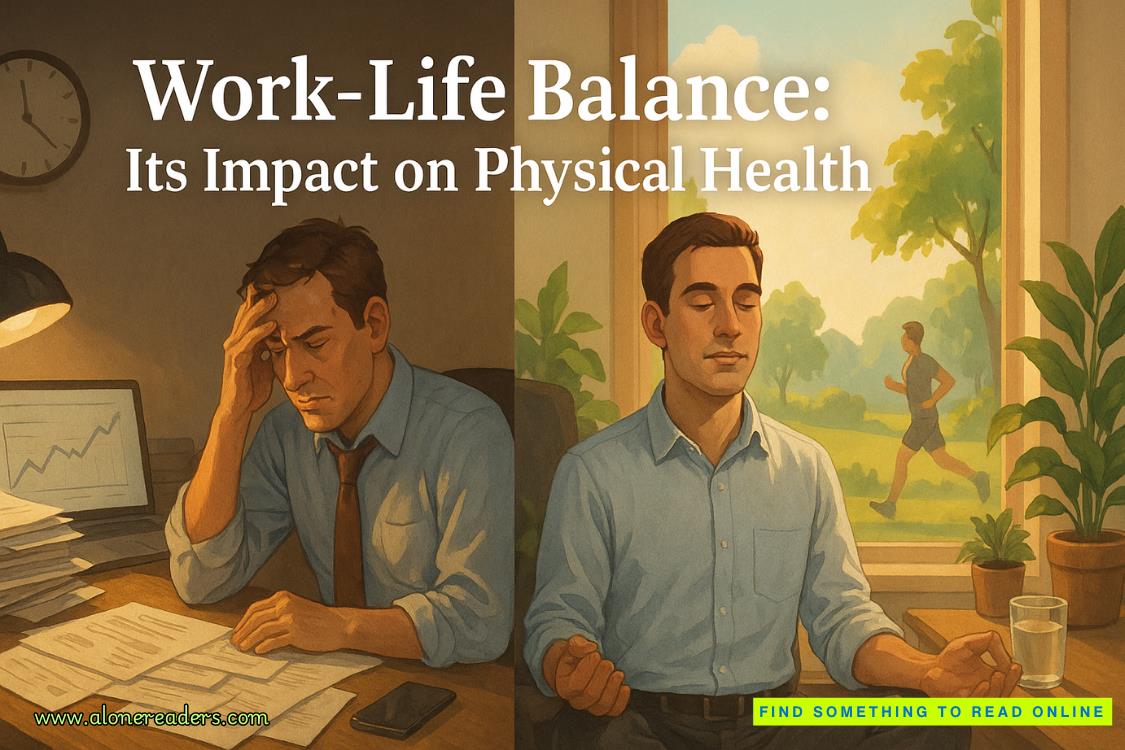The Miller-Urey Experiment, Langdon thought, is an example of early modeling … simulating the complex chemical interactions occurring on primordial earth.
“Robert!” Ambra called from across the room. “It’s starting.”
“On my way,” he replied, moving toward the couch, suddenly overwhelmed by the suspicion that he might just have glimpsed a part of what Edmond had been working on.
As he crossed the floor, Langdon recalled Edmond’s dramatic preamble above the Guggenheim’s grassy meadow. Tonight, let us be like the early explorers, he had said, those who left everything behind and set out across vast oceans. The age of religion is drawing to a close, and the age of science is dawning. Just imagine what would happen if we miraculously learned the answers to life’s big questions.
As Langdon took his seat beside Ambra, the massive wall display began broadcasting a final countdown.
Ambra was studying him. “Are you okay, Robert?”
Langdon nodded as a dramatic soundtrack filled the room, and Edmond’s face materialized on the wall before them, five feet tall. The celebrated futurist looked thin and tired, but he was smiling broadly into the camera.
“Where do we come from?” he asked, the excitement in his voice rising as the music faded. “And where are we going?”
Ambra took Langdon’s hand and gripped it anxiously.
“These two questions are part of the same story,” Edmond declared. “So let’s start at the beginning—the very beginning.”
With a playful nod, Edmond reached into his pocket and pulled out a small glass object—a vial of murky liquid bearing the faded names Miller and Urey.
Langdon felt his heart race.
“Our journey begins long ago … four billion years before Christ … adrift in the primordial soup.”
CHAPTER 91
SEATED BESIDE AMBRA on the couch, Langdon studied Edmond’s sallow face projected on the glass display wall and felt a pang of sorrow knowing that Edmond had been suffering in silence from a deadly disease. Tonight, however, the futurist’s eyes shone with pure joy and excitement.
“In a moment, I’ll tell you about this little vial,” Edmond said, holding up the test tube, “but first, let’s take a swim … in the primordial soup.”
Edmond disappeared, and a lightning bolt flashed, illuminating a churning ocean where volcanic islands spewed lava and ash into a tempestuous atmosphere.
“Is this where life commenced?” Edmond’s voice asked. “A spontaneous reaction in a churning sea of chemicals? Or was it perhaps a microbe on a meteorite from space? Or was it … God? Unfortunately, we can’t go back in time to witness that moment. All we know is what happened after that moment, when life first appeared. Evolution happened. And we’re accustomed to seeing it portrayed something like this.”
The screen now showed the familiar timeline of human evolution—a primitive ape slouching behind a line of increasingly erect hominids, until the final one was fully erect, having shed the last of his body hair.
“Yes, humans evolved,” Edmond said. “This is an irrefutable scientific fact, and we’ve built a clear timeline based on the fossil record. But what if we could watch evolution in reverse?”
Suddenly Edmond’s face started growing hair, morphing into a primitive human. His bone structure changed, becoming increasingly apelike, and then the process accelerated to an almost blinding pace, showing glimpses of older and older species—lemurs, sloths, marsupials, platypuses, lungfish, plunging underwater and mutating through eels and fish, gelatinous creatures, plankton, amoebas, until all that was left of Edmond Kirsch was a microscopic bacterium—a single cell pulsating in a vast ocean.
“The earliest specks of life,” Edmond said. “This is where our backward movie runs out of film. We have no idea how the earliest life-forms materialized out of a lifeless chemical sea. We simply cannot see the first frame of this story.”
T=0, Langdon mused, picturing a similar reverse movie about the expanding universe in which the cosmos contracted down to a single point of light, and cosmologists hit a similar dead end.
“‘First Cause,’” Edmond declared. “That’s the term Darwin used to describe this elusive moment of Creation. He proved that life continuously evolved, but he could not figure out how the process all started. In other words, Darwin’s theory described the survival of the fittest, but not the arrival of the fittest.”
Langdon chuckled, having never heard it stated quite that way.
“So, how did life arrive on earth? In other words, where do we come from?” Edmond smiled. “In the next few minutes, you’ll have an answer to that question. But trust me, as stunning as that answer is, it’s only half of tonight’s story.” He looked directly into the camera and gave an ominous grin. “As it turns out, where we come from is utterly fascinating … but where we are going is utterly shocking.”
Ambra and Langdon exchanged a perplexed look, and although Langdon sensed this was more of Edmond’s hyperbole, the statement left him feeling increasingly uneasy.
“Life’s origin …,” Edmond continued. “It has remained a profound mystery since the days of the first Creation stories. For millennia, philosophers and scientists have been searching for some kind of record of this very first moment of life.”
Edmond now held up the familiar test tube containing the murky liquid. “In the 1950s, two such seekers—chemists Miller and Urey—ran a bold experiment that they hoped might unveil exactly how life began.”















